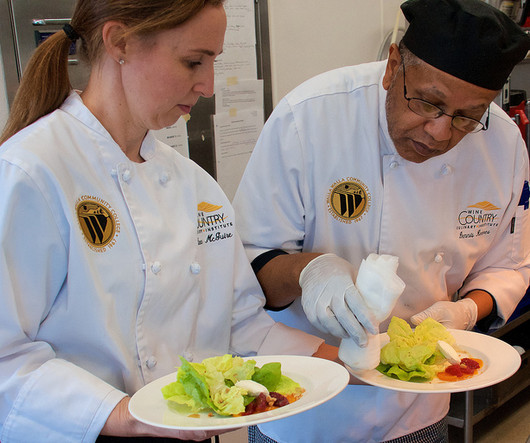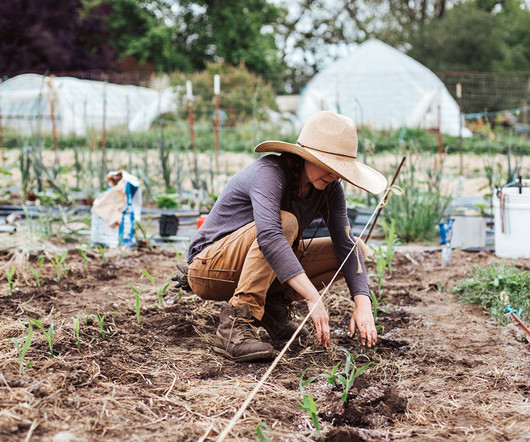20 Organizations Cultivating the Food Movement in Atlanta
Food Tank
APRIL 2, 2024
Acres of Ancestry Initiative/Black Agrarian Fund The Acres of Ancestry Initiative/Black Agrarian Fund is a multidisciplinary, cooperative nonprofit ecosystem that aims to regenerate custodial land ownership, ecological stewardship, and food and fiber economies in the American South. Become a member today by clicking here.














Let's personalize your content